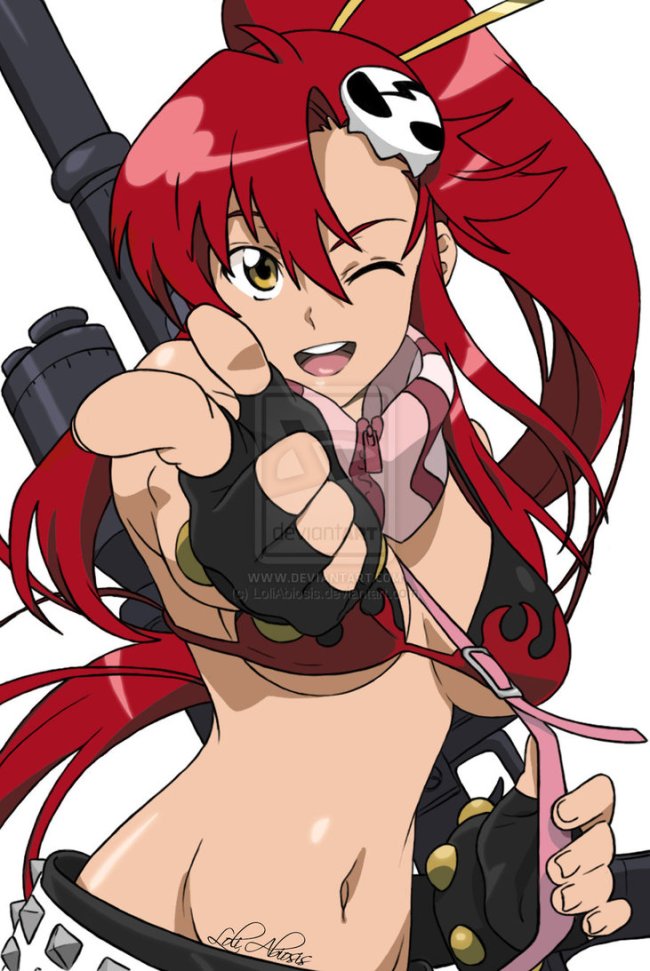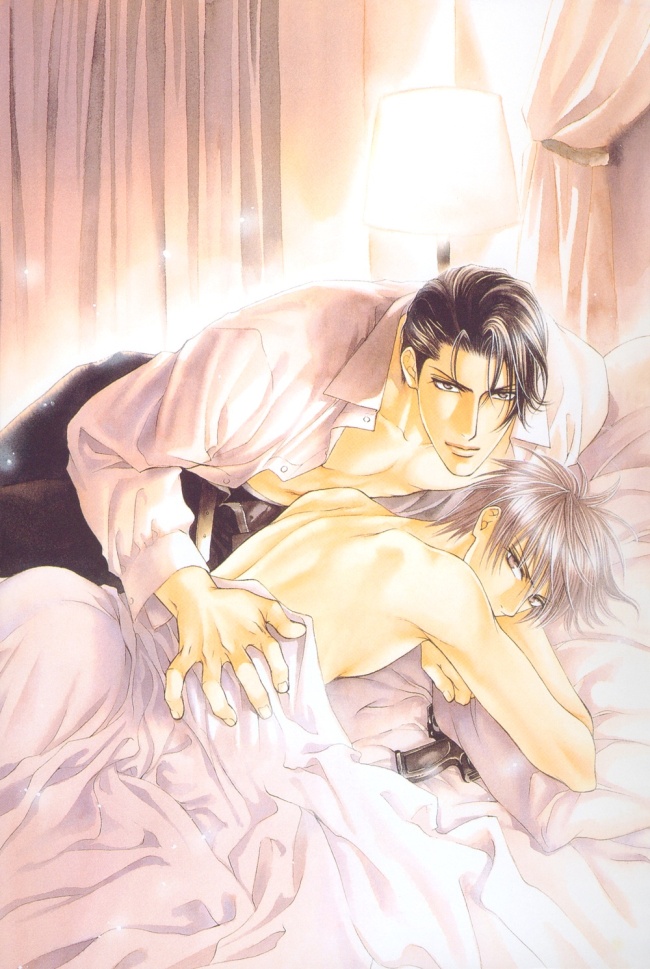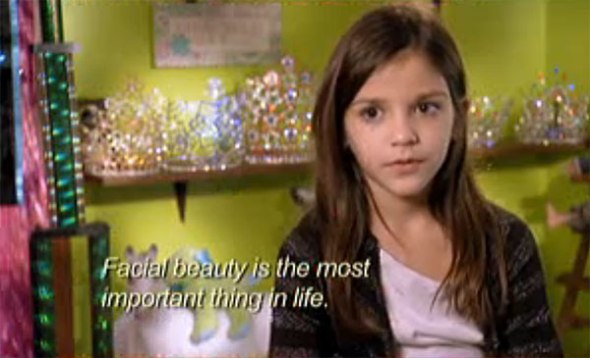Manga and Anime are two popular story telling forums that traditionally stem from Japan. These two forms of media feature a particular style of cartoonish figure drawing accompanied by stories that range in subject from action-adventure, romance, and comedy, to science fiction, mystery, and even sexuality. Manga and anime have become increasingly popular in other parts of the world, particularly in English speaking countries, gaining large fanbases throughout the UK and North America.
The stylings and storylines of manga and anime tend to share a few common themes that could possibly reflect certain cultural attitudes of Japan spreading themselves to other parts of the globe. For instance, female characters tend to be depicted as genetically impossible figures with tiny waists, large breasts, and long flowing hair. Such an example can be seen in the following picture.
This impossible female figure is seen throughout mangas and animes. Not only are their figures ridiculous, but their personalities are also usually girly, flirtatious, and submissive. This can be seen as a reflection of what Asian pop culture defines as the ideal of female beauty.
A similar ideal can even be seen in boy-love manga. Boy-love manga storylines feature two males in some type of homosexual relationship. Whether the relationship is the main focus of the story, or a subplot, one of the males always tends to be masculine, while the other is more feminine in personality and physical appearance. Such can be seen in the way the two figures are depicted below.
These two figures are posed with such body language that the viewer must assume that the masculine figure is dominant in the relationship while the feminine figure is the submissive. This alludes to the belief that all relationships, regardless of the gender of either partner, must always have one submissive and one dominant. It can typically be seen that in Asian cultures, the female or feminine partner must be the submissive, and the masculine must be the dominant.
Another and perhaps more alarming theme across the genres of manga and anime can be seen in the way characters are drawn. More often than not, characters have more pale skin, large eyes, and small noses. In other words, manga and anime characters are drawn with features more typically associated with a Caucasian lineage.
This graphic depicts a typical anime character (who has Caucasian features) and a not so common counterpart (with more Asiatic features).
Even across Asia, a figure with features more commonly associated with Asian lineage does not often make any appearances in popular manga or anime. This may directly translate to popular cultures of Asia having insecurities with physical appearance. Many Asian cultures pressure both men and women to adopt a look that is more “Western.” In fact, “Westernizing” cosmetic procedures are quickly becoming the norm, and include anything from eyelid surgeries to nose jobs.
More recently, Miss South Korea 2012 admitted to having had some Westernizing procedures done to make her more beautiful.
Though these commonalities in manga and anime reflect an alarming similarity to generally negative ideals in Asian cultures. It is unclear whether these themes are the cause, a result, or a little bit of both.















